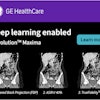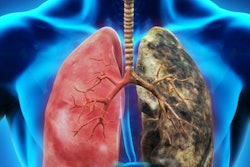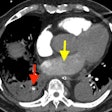Dear CT Insider,
After the numerous investigations conducted over the years on the royal mummies of ancient Egypt, it's hard to believe there's anything new to say, but CT is continuing to unveil significant information about how the pharaohs lived and died.
In the latest study, published on 17 February, two leading experts in the field have presented a novel theory about the cause of death for Seqenenre Taa II, who ruled southern Egypt in the 16th century B.C. They've given us permission to publish a set of six images from their analysis. Don't miss our news report.
Back to modern-day life, Dutch researchers have shown that virtual 3D models created from CT data can be used effectively for surgical planning and for providing patient-specific treatments for complex acetabular fractures. The group from University Medical Center Groningen has shared results from a case series of 10 acetabular fracture patients who were treated using a "fast-track" surgical procedure.
In the U.K., initial results from a CT lung cancer screening study sponsored by the National Health Service show that low-dose CT exams can detect 70% of lung cancers at stage I or II. This means CT lung cancer screening could lead to 25% fewer men and 30%-50% fewer women dying from lung cancer, the authors say.
Another story in our CT Community comes from France, where nephrology societies and the national radiology society have published guidelines on the safe use of contrast media.
CT colonography (CTC) is a well-established examination, but wide variations in technique persist, and this is of concern because the procedure is not risk-free. Detailed new standards on CTC now exist. The good news is they're practical, expertly written, and easy to follow, and they can be downloaded free of charge.
This newsletter highlights only a few of the many CT-related articles posted over the past month or so. For the full list, please check out the lineup below.




















